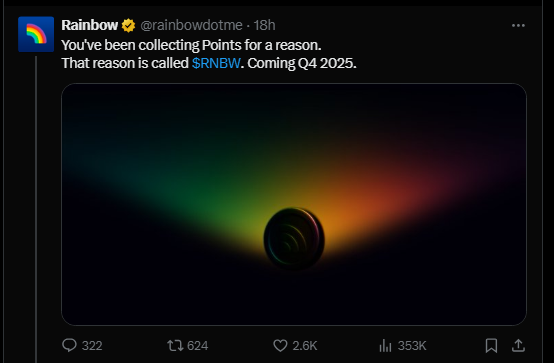Automakers tell regulators that Biden-era emission targets for 2027–2032 are impossible to reach
Automakers across America are asking the Trump administration to roll back tough pollution rules that force them to make more electric cars, saying the targets set by the previous president are impossible to meet.
The Alliance for Automotive Innovation filed papers on Monday telling regulators that emission standards for cars made between 2027 and 2032 “are simply not achievable.” The group speaks for almost every big car company in the country, including General Motors Co., Toyota Motor Corp., and Volkswagen AG.
The automakers say the rules put in place under President Joe Biden were based on wrong guesses about how fast people would start buying electric cars. They point to slow sales, not enough charging stations, and high prices as major problems.
“Growth in consumer demand for EVs has stalled, and changes in government policy are expected to further depress EV market potential,” the Alliance said in their filing.
The pushback comes as the US Environmental Protection Agency thinks about getting rid of a key legal rule. This rule says that gases from cars and other sources hurt public health. Without this rule, the federal government would lose its main legal reason for making strict pollution limits, including those for cars.
President Donald Trump has been cutting support for electric vehicles since taking office. Earlier this year, Trump signed a law that stopped California from making its own rules about car pollution. His big tax and spending bill also ends the $7,500 tax break that people get when they buy new electric cars. That tax credit goes away on Sept. 30.
People who want cleaner air have criticized Trump for going after car pollution rules. Cars are one of the biggest sources of gases that warm the planet. The EPA said under Biden that the rules car companies now want to change would cut carbon dioxide by about 7 billion metric tons over the program’s lifetime. That’s more than the whole United States puts out in one year. The rules would also save drivers about $6,000 on average in gas and repair costs.
Automakers face tough decisions
Automakers have dealt with big changes in environmental rules every time a new president comes in. These changes affect billions of dollars in business plans. The Alliance wants the EPA to replace the current rules with standards that automakers can actually meet.
Meanwhile, people are rushing to buy electric vehicles before the federal tax credits disappear next week. The tax breaks – $7,500 for new cars and $4,000 for used ones – started in 2022 under the Inflation Reduction Act. Trump’s One Big Beautiful Bill Act is ending these credits along with other clean energy tax breaks over the next few months.
With one week left before the tax credits end, customers are crowding into car lots to get the deals. Electric vehicle sales hit a record high in August. New electric vehicle sales went up 17.7% compared to the same time last year. Used electric car sales jumped 59% in the same period, according to Cox Automotive.
“As we approach the sunset of the IRA tax credit, we expect September to mirror August’s elevated sales activity, driven by time-sensitive purchase and lease offers,” Cox Automotive said.
Cars Commerce, which owns Cars.com, found similar trends. Their data shows a 33% jump in demand for electric vehicles since last year as shoppers hurry to use the tax credits. The company also found that used electric vehicles stay on dealer lots for 46 days on average, almost 30% less than last year. This shows more people want used electric cars.
Car dealers want to clear out their electric vehicle stock before new models arrive in November. They’re offering their own deals, including monthly lease payments as low as 1% of the car’s full price.
Your crypto news deserves attention - KEY Difference Wire puts you on 250+ top sites
คุณอาจชอบเช่นกัน

SUI Holds $3.67 While Digitap Emerges As Best Crypto To Buy Now For Real-World Spending

U.S. Oil Production Is On Pace For A New Record, But Growth Is Slowing
